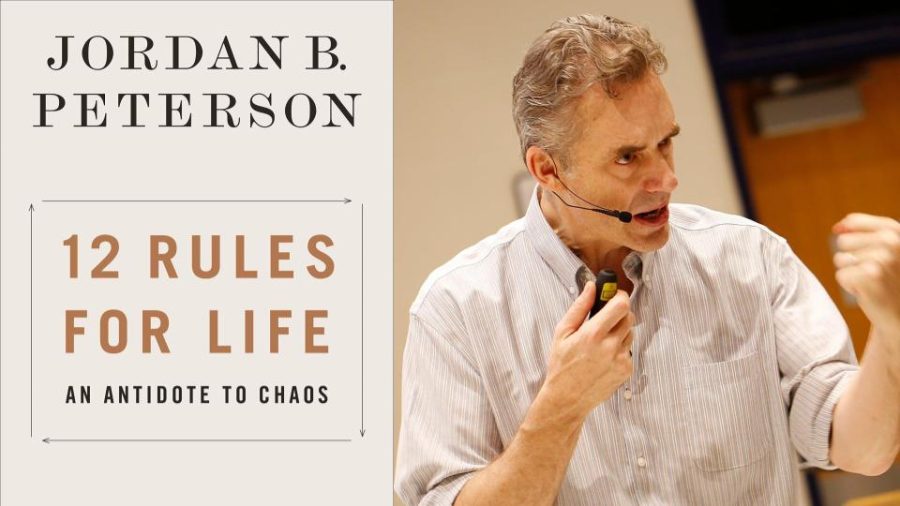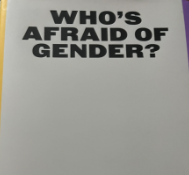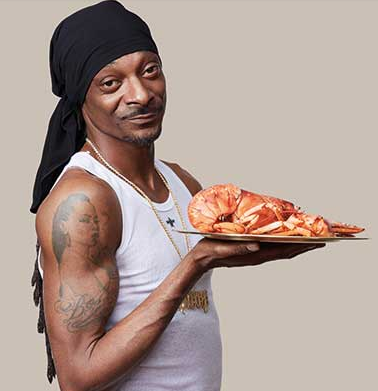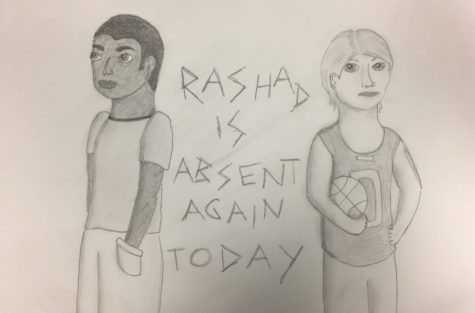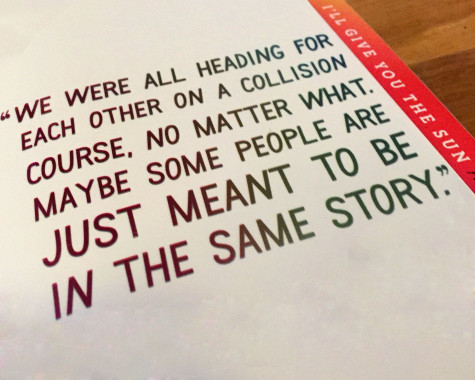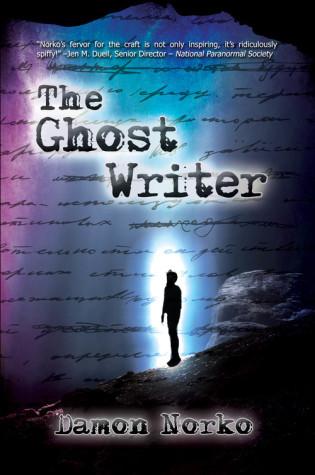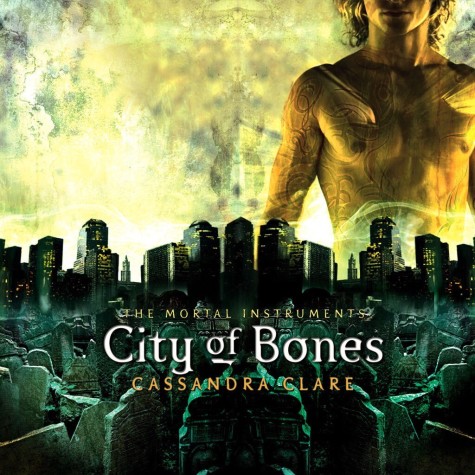Peterson’s “12 Rules For Life”: Out of chaos and into order
“One of the most important thinkers to emerge on the world stage in many years,” The Spectator.
Peterson’s work teaches many like me civility and discourse in a world going the opposite direction.
12 Rules For Life is a self improvement book by Jordan B. Peterson, in which the reader may learn civic competence and become the man they thought they could never be. The book has garnered a reputation as a difficult, but well earned path for the younger generation to find purpose. While this may not be as gratifying as an instant satisfaction “get quick rich” book, Peterson’s arguments present very little to argue with, as they are provided with numerous different fields of logic to amplify his teachings.
I first found Peterson through a interview he had done on YouTube. After looking more into the man, I discovered a book he had sold with critical aclaim, with over 5 million sold.
The most prominent feature of this book is its structure of rules. Each rule is a separate chapter in the book. Though these rules may come off as more physical changes to life, the names of the rules may mislead the reader at first glance. For example, Chapter 1 is titled ”Stand up straight with your shoulders back.” The essence of this chapter more follows how the reader should exude more confidence to others. Through examples of great thinkers like Socrates, religious/mythological teachings from books like the Bible, personal experiences that ground his ideals, and biological information (like the chemical compositions of a lobster’s brain), Peterson compile a perfect stew of facts and reasoning to support his every rule.
So, what are these rules that the book talks about? Two of my favorites are Rules 3, and 11.
 Rule 3 is introduced, and mostly taken up by a personal story. Peterson talks about two friends of his from his hometown, Chris, and Ed. He says he thought both were going to have very prosperous futures. One became addicted to drugs and other shady ways. Peterson addresses their downfalls to the people they decided to choose as “friends.”
Rule 3 is introduced, and mostly taken up by a personal story. Peterson talks about two friends of his from his hometown, Chris, and Ed. He says he thought both were going to have very prosperous futures. One became addicted to drugs and other shady ways. Peterson addresses their downfalls to the people they decided to choose as “friends.”
Peterson assesses their friend choice to a theory created by Sigmund Freud. That people repeat bad habits, due to failure to learn from them.
“Why did he – like his cousin, like my other friends – continually choose people who, and places that, were not good for him? Sometimes, when people have a low opinion of their own worth, or perhaps, when they refuse responsibility for their lives- they choose a new acquaintance, of precisely the type who proved troublesome in the past.” (Peterson 75)
He says choosing friends wisely is essential: people who will congratulate you on success, and not tolerate your cynicism, or destructiveness. That loyalty is no reason to stay friends with someone who shows no effort in changing themselves for the better. Peterson’s point can be culminated in a point made near the middle of the chapter, which is beautiful and sad.
“But Christ himself, you might object, befriended tax-collectors, and prostitutes. How dare I cast aspersions on the motives of those who are trying to help? But Christ was the archetypal perfect man. And you’re you. How do you know your attempts to pull someone up won’t instead bring them — or you — further down,
— (Peterson 78)

Rule 11 takes more of a broad focus on social hierarchy, and patriarchy in particular. Peterson first talks about the many dangers that we try to handicap in our lives, and how this results in a loss of competence. Peterson mainly uses the local skater kids as an example. As he believes that chaos helps us as humans develop.
“Danger was the point. They wanted to triumph over danger. They would have been safer in protective equipment, but that would have ruined it. They weren’t trying to be safe. They were trying to become competent – and it’s competence that makes people as safe as they can truly be,” (Peterson 285-286).
Peterson then begins to talk about guilt. He uses as example his aforementioned friend Chris, and his consuming guilt.
He concluded that the tweed-wearing, armchair-philosophizing, victim identifying, pity-and-contempt-dispensing-social-reformers types frequently did not like the poor, as they claimed. Instead, they just hated the rich,
— (Peterson 293)
Peterson addresses that there is no problem with feeling empathy for another’s situation, but there is a problem with consuming your life with the “wrongdoings” of the world, and culture. As Peterson labels Chris’s guilt ridden identity as “anti-human.”
Peterson’s logic is another reason this book finds great success. Before mentioning any rule, Peterson sets the foundation for how the rules should be used.
“ ‘So why not call this a book of guidelines, a far more relaxed, user-friendly, and less rigid sounding term than rules? Because these really are rules. And the foremost rule is that you must take responsibility for your own life. Period,’ ” says Peterson.
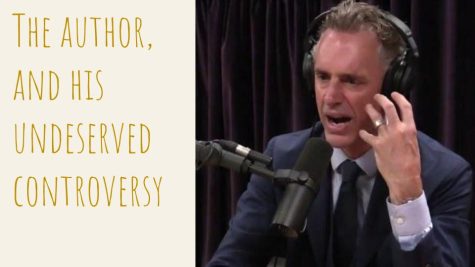
Jordan B. Peterson was born on June 12, 1962 in Edmonton Canada. While most prominently known for his work on YouTube, Peterson is both a clinical psychologist, and former professor at the University of Toronto. Peterson spends most of his time traveling from event to event, usually appearing on multiple podcasts, colleges, and news shows daily.
He is known by most for his times on the Joe Rogan Experience, and other appearances on both conservative (Daily Wire, Louder with Crowder), and liberal media (Real Time with Bill Maher, Channel 4 News). He openly discussed his medical problems this last year due to benzodiazepine withdrawal, Peterson quickly returned to his routine in the latter parts of 2021 after recovering.

Due to Peterson’s sharp and more conservative political opinions, he has a loud group of detractors. This is because of his traditional Christian believe in “a man is a man” and other less liberal points of view. As a Candaian, he supported the anti-vaccine protests in Canada.
A more recent incident involved influencer Ethan Klein, who removed 2 episodes of his podcast that he had recently done with Peterson. At first Klein lauded Peterson’s book, saying that he “read it” and “loved it.” However, later, Klein disavowed his support because of the growing tensions.
You will be held to higher and higher and soon impossible to maintain ethical standards by the very mob you currently wish to please. Then you will make a mistake, and they will devour you. With glee. Please take this warning seriously. I liked you,
— Jordan Peterson (via Twitter)
Don’t let this turn you away from the book.
This book is not meant to turn its reader into a far right Hydra soldier. Far from it. This book’s whole principle is to turn the average person into a model citizen. It doesn’t matter if you lean left or right, authoritative or libertarian, blue or red.
All the book asks is that you keep a level head and give the message a chance to help you steer down a righteous and idealistic path. It may not be easy, it may be hard, but the end product you come out with after reading it is well worth it. I suggest that you take the time to pick up the book at the school/public library. I suggest you buy the book, as it allows you to note the parts you find most fascinating, as I have done myself.
Your donation will support the student journalists of Linganore High School. Your contribution will allow us to purchase camera/recording equipment and software. We hope to raise enough money to re-start a monthly printed issue of our paper.


